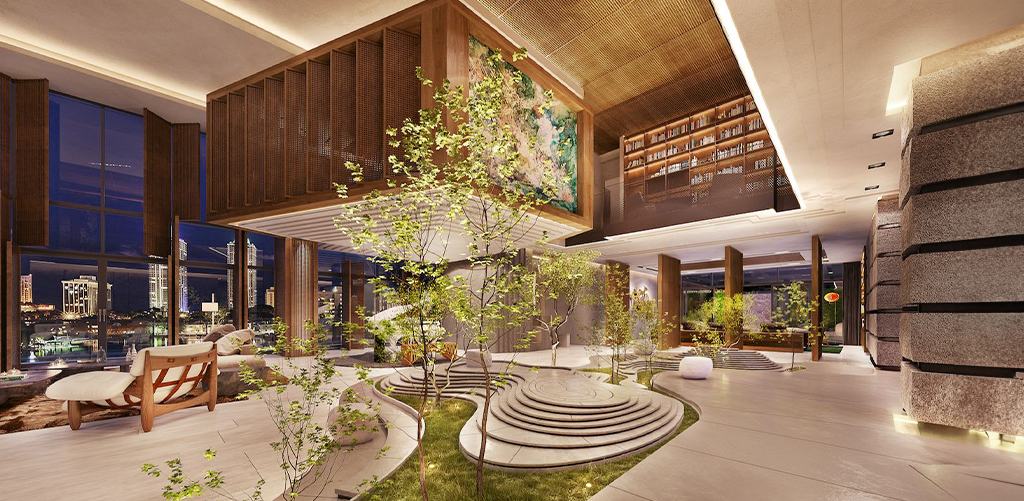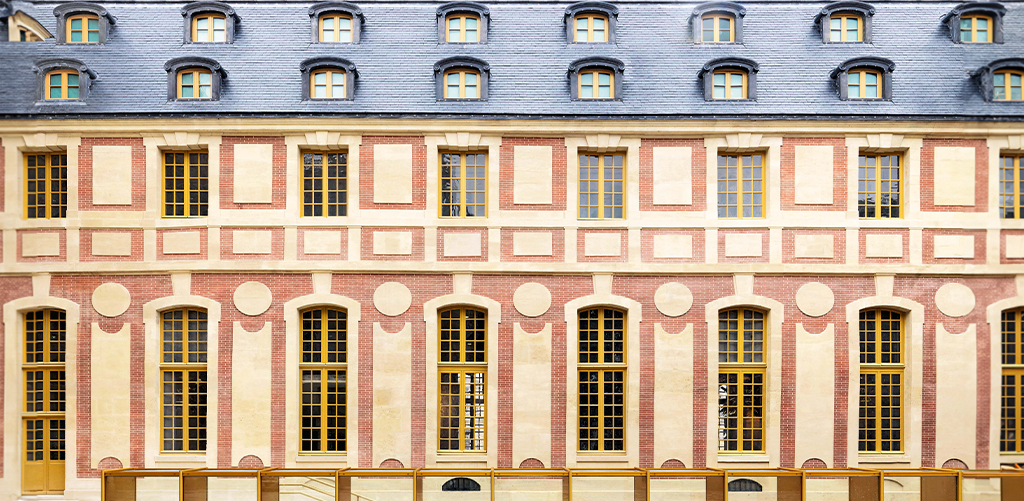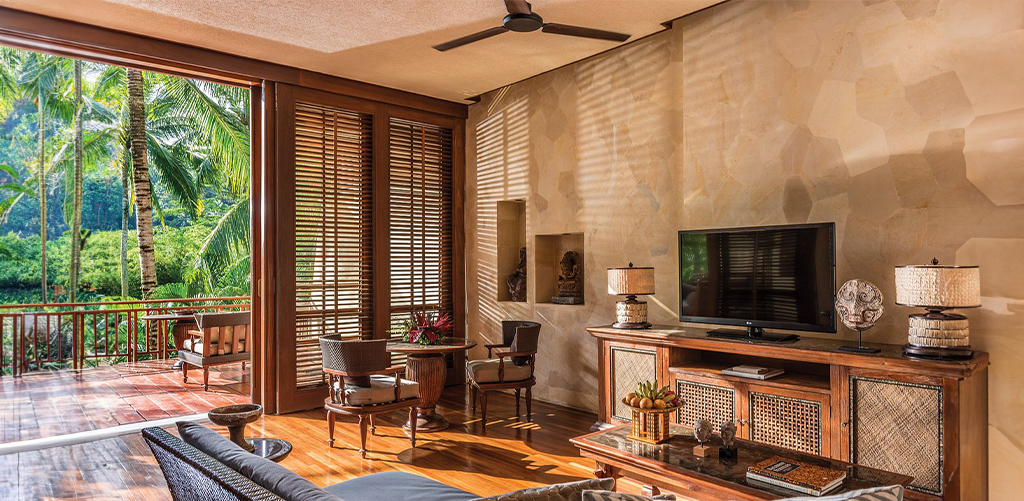

When it comes to Interior Design, luxury isn’t just about spending a lot of money. It’s also about paying close attention to every little thing that makes a place feel luxurious and comfortable. As the famous fashion designer Hubert de Givenchy once said, “Luxury is in each detail.“
Attaining such an amount of detail requires knowledge of both form and function. Here at JD Institute of Fashion Technology, we believe it’s crucial to learn all about luxury interior design so you can make places that are beautiful and incredibly comfortable.
A key component of luxury interior design is a dedication to rich furnishings, where each element enhances the overall feeling of luxury. This includes:
Superior Finishes: Lavish residences frequently showcase materials such as marble worktops, premium hardwood flooring, and custom-made wall coverings. As an example, the Ritz-Carlton Residences in Miami effectively employ Italian marble and exotic woods to establish a rich ambiance.

Designer Decorations: Renowned fixtures, such as custom chandeliers and top-notch appliances, contribute a sense of sophistication. Furthermore, these components not only fulfil practical purposes but also act as major points of focus in the design.
Custom Furniture: Custom-designed furniture items, such as those at the Burj Al Arab in Dubai, guarantee that each item blends seamlessly with the environment and reflects individual preferences.
Handcrafted Details- Elaborate ornamentation in cabinetry, mouldings, and furnishings enhances the sense of luxury. For instance, the inclusion of hand-carved wooden panels in high-end residences lends a distinctive element of artistry.
Customised Components: Personalised art pieces and accessories, tailored to individual preferences, guarantee the uniqueness of every place. The incorporation of unique art installations has the potential to elevate an ordinary space into a luxurious display area.
Tailored Layouts: Tailored designs that include the specific lifestyle of the individual enhance the functionality and richness of the area. This could include customised wardrobes and specifically designed living spaces.
JD Institute of Fashion Technology integrates these principles into its interior design curriculum, emphasising the importance of precision and high-quality finishes.
In high-end decor, colours are selected to enhance both visual appeal and comfort:
Neutral Bases: Neutral colours such as beige, grey, and white create a timeless backdrop that enhances the luxury feel of a space. The refurbishment of the Pavilion Dufour at the Palace, Versailles, for instance, uses a neutral palette to maintain its classic elegance.

Accent Colours: Bold, rich colours like emerald green, navy blue, or deep burgundy add vibrancy and sophistication. These colours can be used in accessories or as accent walls to create focal points.
Monochromatic Schemes: Using variations of a single colour can create a harmonious and serene environment. This approach is often seen in modern luxury homes where different shades of grey or blue are used.
Contrasting Colours: Employing contrasting colours can add energy and visual interest. For example, pairing dark walls with light furniture creates a striking effect.
Combining comfort and efficiency into high-end interiors guarantees that the given area is not only aesthetically pleasing but also functional. It is essential to make a home feel more inviting while maintaining a high-end feel by employing colour palettes that are soothing, ergonomic furniture, and luxurious furnishings. Creating an atmosphere of calm and ease is the primary goal of the best luxury interior design, which aims to make the space a place where one may go to relax at the end of the day. The interior design of the Four Seasons Resort Bali at Sayan combines plush furnishings with elegant Balinese decor to create a space that is both luxurious and serene.

Luxury homes are usually bigger, made of higher-quality components, and situated in places that people really want to live in. When looking for a luxury home, people often want to find features that aren’t found in other homes on the market as often. Adding luxury home features makes a home more secure, more comfy, and more pleasant to live in. Trends come and go, but the following luxurious features are always in demand:
These days, even the most luxurious houses are smart. People want technology and devices that do the work for them. Some examples of smart appliances that appeal to luxury homeowners and buyers include, Smart refrigerators, Smart window treatments, Smart speakers or Stereo Systems, Motion-sensor Lighting and much more.
Comfort and convenience are essential features in high-end houses, and residential lifts meet both. Installation of an elevator in a property, regardless of its number of floors, may allow easy mobility between different floors. Installing a personal lift can raise the value of your home by making it more desirable to buyers. People who have trouble moving around are looking for features in homes that will make them more comfortable to live in and get around in. People who want to stay in their luxury home as they age may also be more interested in one with a lift.
A lot of high-end houses have outdoor living areas, which can include outdoor kitchens. Having a living place outside can make the area feel like a home away from home, even if it is on the same property. Some themes that people can choose for their outdoor living space are a pizza kitchen with a brick oven or an outdoor bar with a full drinks station.
Whether you’re renovating or building a new space, following the principles of Interior Design can help you create a home that has both comfort and elegance. With the right education and practical exposure, like those offered by JD Institute of Fashion Technology, you can turn any space into a place of luxury and comfort.